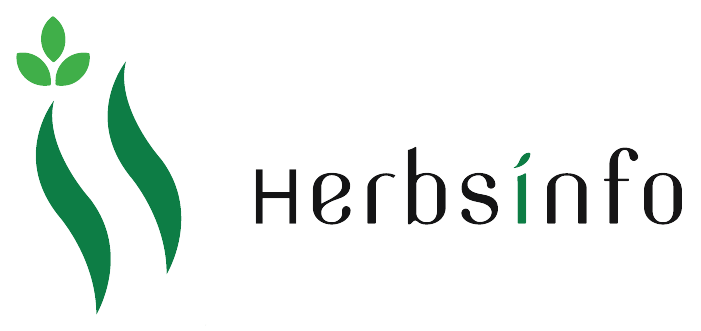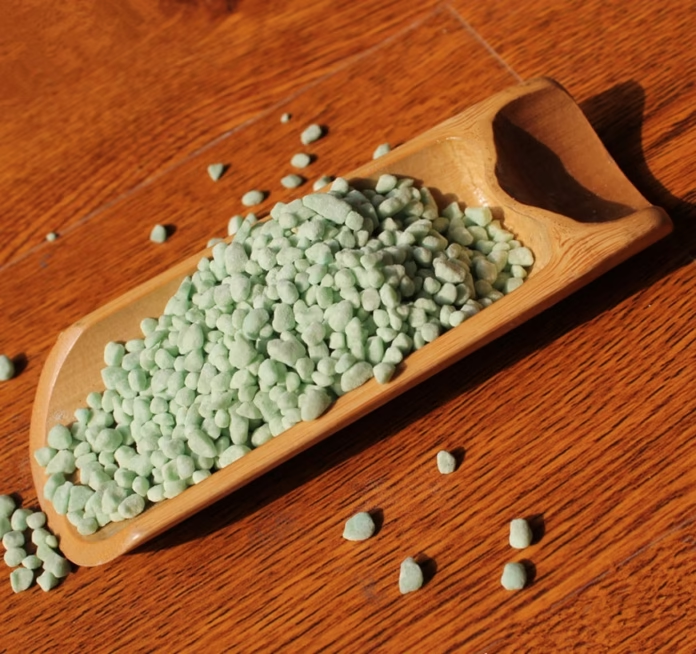Introduction:
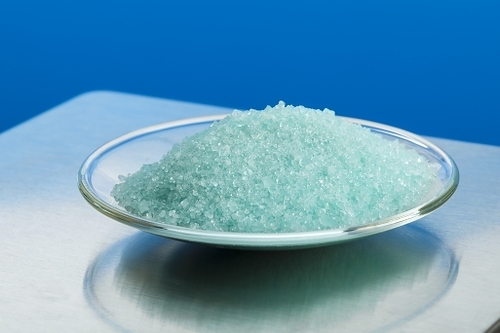
In traditional herbal medicine, Green Vitriol (Iron(II) sulfate, also called copperas) has been used historically for its astringent, antiseptic, and tonic properties. Though not a herb in the botanical sense, it has been classified as a “herbal mineral” in some systems of traditional medicine, especially in Unani, Ayurveda, and early Western herbalism.
Hindi: हरा कसीस(hara kasis)
Urdu: (heerakasis)ہیرا کسیس
German: “Eisensulfat” “grüner Vitriol “Vitriolo verde
Chinese: “绿矾” (lǜfán) ENGLISH: GREEN VICTORIAL
HEALTH BENEFITS

1. Treats Iron Deficiency Anemia
- Most well-known use.
- Replenishes iron stores in the body, aiding in the production of hemoglobin.
- Increases energy, reduces fatigue, and improves oxygen circulation.
2. Acts as a Hematinic (Blood Tonic)
- Traditionally used to “build blood” in Unani and Ayurveda.
- Supports menstruation regulation and overall vitality, especially in women with low iron levels.
3. Improves Cellular Oxygenation
- Iron is essential for oxygen transport and cellular respiration.
- Green vitriol helps improve energy metabolism at the cellular level.
4. Astringent and Antiseptic Properties
- Used externally in traditional medicine for:
- Wound cleansing
- Mouth ulcers
- Skin infections (in diluted forms)
5. Medical Use: Treats Iron-Deficiency Anemia
- Primary supplement for people with low iron levels (iron-deficiency anemia).
- Helps in the production of hemoglobin and red blood cells, improving oxygen delivery in the body.
- Often prescribed in tablet or liquid form under medical supervision.
6. Agricultural Use: Soil Amendment
- Acts as a soil conditioner by lowering soil pH (acidifies alkaline soils).
- Corrects iron chlorosis (yellowing of leaves due to iron deficiency) in plants like hydrangeas, roses, and fruit trees.
- Used in lawn care to kill moss and make grass greener.
6. Water Treatment
- Used to precipitate phosphorus and reduce algae growth in lakes and ponds.
- Helps clarify water and control odor in wastewater treatment plants.
- Reduces heavy metal and hydrogen sulfide contamination in industrial effluents.
7. Industrial Uses
- Used in the production of ink (especially iron gall ink).
- Component in dyeing fabrics, tanning leather, and metal etching.
- Involved in cement and concrete to reduce chromium (VI) toxicity.
8. Pesticidal & Antifungal Properties
- Acts as a fungicide and herbicide in some farming applications.
- Controls growth of fungi, moss, and lichens on walls, roofs, and stones.
9. Historical & Educational Use
- Used in chemical education to demonstrate oxidation-reduction reactions.
- Part of historical inks and early photographic processes.
SIDE EFFECTS:

- Gastrointestinal Issues: Nausea, vomiting, constipation, diarrhea, stomach pain, and loss of appetite are frequently reported.
- Stool Changes: Dark or discolored stools are a common side effect.
- Other: Some individuals may experience heartburn, a metallic taste in the mouth, or black-stained teeth
- Children:Keep out of reach of children, as accidental ingestion can be dangerous.
- Interactions:Consult a doctor or pharmacist about potential interactions with other medications.
- Proper Use:Always follow dosage instructions and seek medical advice if any adverse effects occur.
How to use
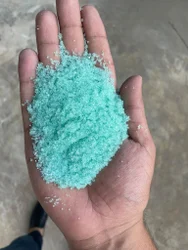
1. Internal Use (Iron Supplementation)
Form: Purified Green Vitriol (processed per traditional methods or pharmaceutical grade Ferrous Sulfate tablets/capsules)
Dosage (General Guideline):
- Adults: 100–200 mg of elemental iron per day (usually given in divided doses)
- Children: Only under prescription
- Form: Capsule, tablet, or powder mixed with honey or water
When to Take:
- On an empty stomach for better absorption
- With Vitamin C (e.g., lemon juice) to increase iron absorption
- Avoid with tea, coffee, dairy, or high-calcium meals
2. Purification Process (Shodhana in Ayurveda)
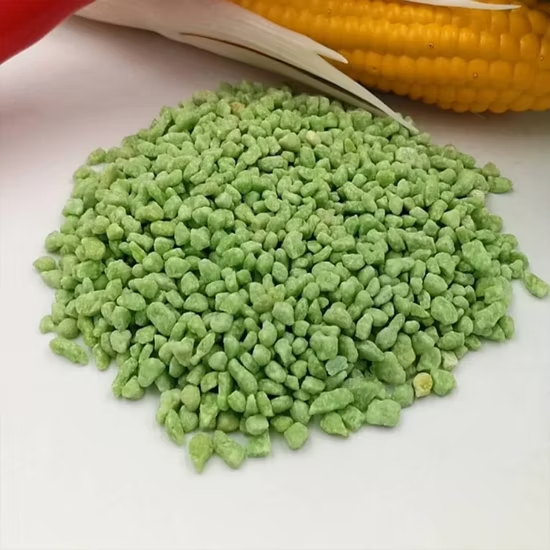
This is essential before using raw green vitriol internally.
Common Shodhana Method:
- Soak in lemon juice or cow’s urine for a specific duration
- Wash thoroughly with warm water
- Roast gently in an iron vessel (called Marana if converting to bhasma)
Do not attempt purification at home without expert guidance.
3. External Use (Traditional Applications)
A. Wound Wash or Antiseptic Solution
- Dilute solution of green vitriol in water
- Used as a disinfectant rinse for wounds or ulcers
- Traditionally applied to mouth ulcers, boils, or skin infections
B. Styptic (To Stop Bleeding)
- Fine powder applied topically to minor cuts
- Acts as an astringent to stop bleeding
C. Skin Fungal Treatment
- Mixed with herbal powders or pastes and applied to ringworm or infected skin
- Always use in diluted or combined form, never raw
Do NOT Use If:
- You’re pregnant or breastfeeding (unless prescribed)
- You have liver or kidney disorders
- You’re already taking iron supplements
- You’re using it without purification or expert advice

